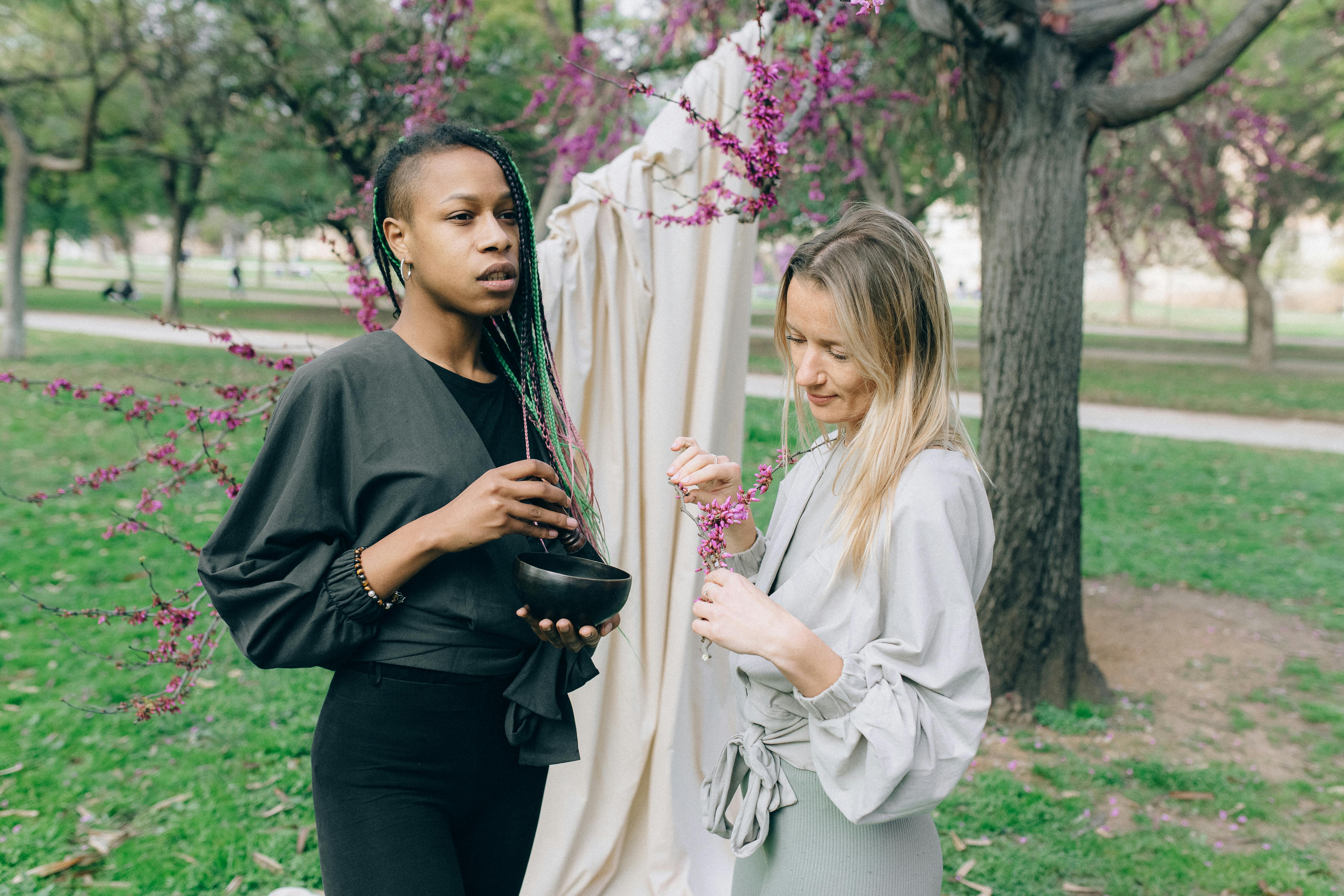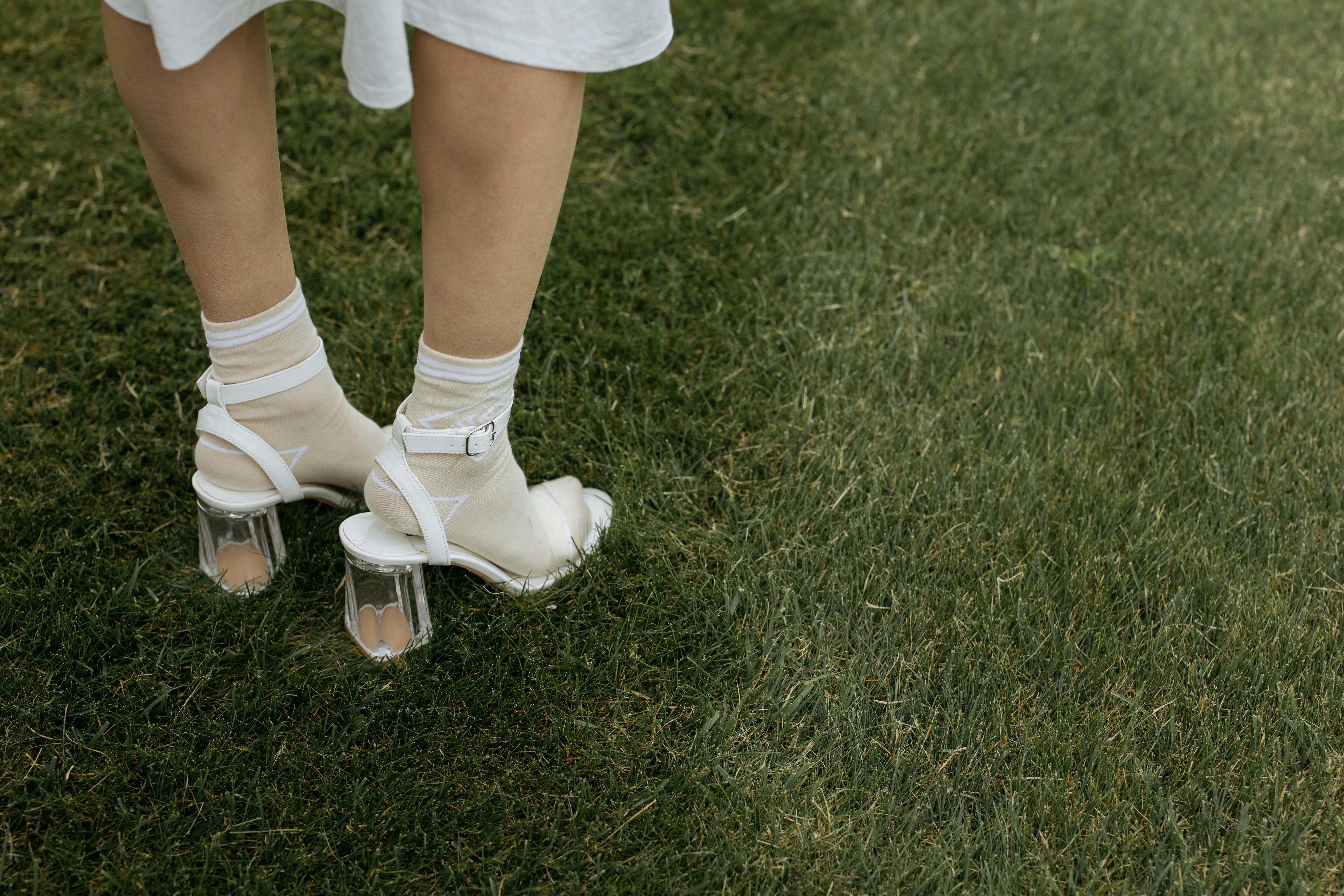The small town of Blanco, Texas is frequently referred to as the gateway to the Hill Country and the lavender capital of Texas, and with such colorful descriptions, the town is sure to be a pleasant place to visit or settle down. Blanco is 45 miles west of Austin and about 45 miles northwest of San Antonio, so its rural charm is complemented by proximity to a couple of Texas’ most populous and historic cities.
Located on the Blanco River in an area of the Hill Country called the Devil’s Backbone because of its almost mountainous terrain, Blanco was established around 1854 when Captain James Callahan camped in the valley near the Blanco River and decided to make his home there. . A few years later, Callahan and his troop of about 100 men were inducted into the state military as the Texas Rangers, and Callahan and his company laid out the town and sold lots to build houses.
Soon after, another settler, Joseph Bird, settled in nearby Round Mountain, which was named Bird Town after his arrival, and many other settlers bought lots and began raising families, including Hugh McLauren, Billy Trainer, and E. C. Hinds. The same year, the first church for worship, called the First Methodist Church, was built and opened, and soon after, the Missionary Baptist Church began services in nearby Round Mountain. Later, a school was built and other places of worship were organized, and the small town began to grow.
Blanco was originally called Pittsburgh, and the name was changed to Blanco at the time of Callahan’s arrival. The new name was derived from the Spanish word for white, which was what the limestone bedrock looked like during times of drought, when light-colored limestone could be seen from the riverbanks. After a major flood in the mid-1800s, the downtown area was moved across the river and a few miles downstream, and the name was changed to Blanco.
In its early years, many Blanco residents grew cotton, but after the cotton boll weevil ravaged cotton crops, residents found other ways to support themselves, including ranching and raising Angora goats to produce the fine mohair, which was an important fiber crop at the time, along with growing and cutting cedar trees and dairy farming. Another source of income was pig farming, and numerous heads of sheep were herded to the area from Missouri and Pennsylvania for wool production.
Many of these efforts continue today in the Blanco area, and the tourist industry is also a large part of Blanco’s economy, with many bed and breakfast inns providing visitors with a quiet, rural place to stay while exploring. Texas Hill Country and all its attractions The population of Blanco at the 2000 census was about 1,500, and the area of the town is 1.7 miles, of which 0.1 mile is water, primarily the waters of the Blanco River .
White is home to 576 households, 47% of which are married couples, and the population is 88% white, with a bit of mixed ethnicity as well. The median age of residents is 39 years and in Blanco there is a higher percentage of women than men, 88 men for every 100 women. The median income for a household in Blanco is approximately $31,000 and 32% of households have children under the age of 18.
The Blanco real estate market, with homes in the mid-100s, is quite affordable compared to the Austin real estate market (average price around 200k). But it is quite similar to the market in San Antonio, which is considered one of the most affordable real estate markets in the big cities of Texas.
Some of the attractions in Blanco today are the Blanco Classic Car Show, which has been held for over 20 years in mid-May, and the Blanco Lavender Festival, which takes place every year in mid-June and features live music, lavender cultivation. and various food, drinks and other activities.
Some of the notable bed and breakfast inns include Paradise Lofts on Main, Grape Creek Inn, and Blair House Bed and Breakfast, among others. There are also many local restaurants, as well as national chain restaurants and fast food restaurants, and there are many parks and nature-related activities, as well as proximity to Hill Country vineyards in the area.
So for a peaceful and picturesque visit to the Texas Hill Country, come to Blanco and enjoy the scent of lavenders and the rural charm of Central Texas!




